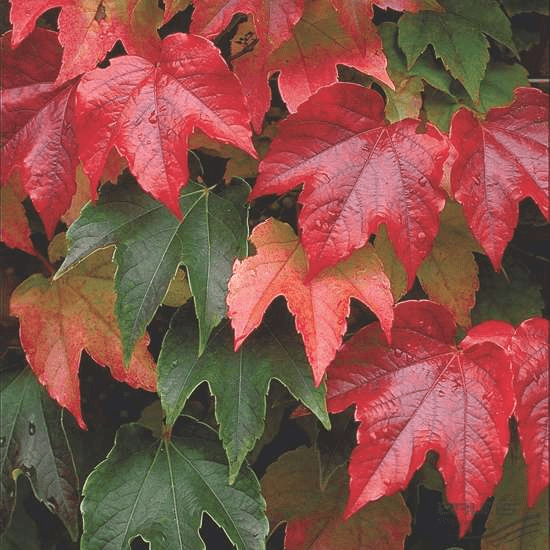
Boston ivy (Parthenocissus tricuspidata)
Boston ivy, also known as Japanese ivy, Woodbine
The plant in question is Boston Ivy (Parthenocissus tricuspidata), which actually belongs to the Vitaceae family, not the ivy family. Unlike traditional ivy, it is less harmful to buildings because its tendrils use sticky pads to adhere to surfaces rather than penetrating cracks. During the summer, its leaves are glossy and green, but they turn a vibrant scarlet or crimson in the fall.
Key Facts About Boston ivy
Attributes of Boston ivy
Lifespan
Perennial
Plant Type
Vine
Plant Height
30 m
Spread
1 m to 3 m
Leaf Color
Green Red Purple
Flower Size
2.5 cm
Flower Color
Green Yellow White
Scientific Classification of Boston ivy
Phylum
Vascular plants
Class
Dicotyledons
Order
Vitales
Family
Grape
Genus
Parthenocissus
Species
Boston ivy
Toxicity
Ingestion, significant physical contact with sap